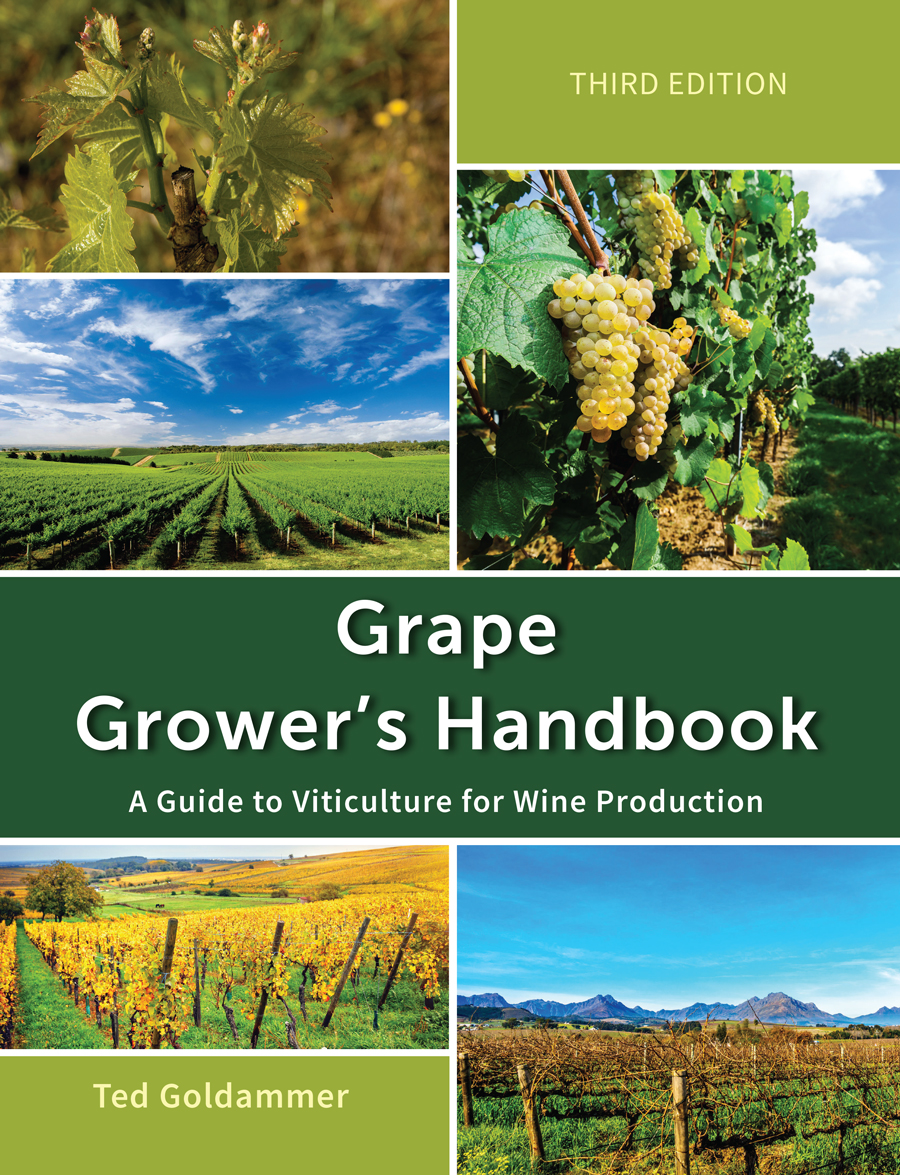Pesticide Application in Vineyards
(book excerpts)When developing an integrated pest management strategy, it is important to know the target pests, their economic threshold levels, and multiple control strategies that can minimize pesticide inputs in the vineyard. However, in many cases, pesticides need to be applied as a last resort to reduce pest infestations and optimize grapevine production. The objective in applying pesticides in vineyards is to deliver an effective, uniform dose to a target area in a safe and timely manner. Inaccurate pesticide application is expensive and can result in wasted pesticide, marginal pest control, compromised worker safety, and possibly excessive pesticide carryover contributing to water contamination and/or vine damage. Many types of application equipment are available to apply pesticides. Some types can be used in a wide range of situations whereas others are highly specialized and are only used for a few specific pesticides.
Click on the following topics for more information on pesticide application in vineyards.
Topics Within This Chapter:
- Sprayer Components
- Tanks
- Agitation System
- Direct Injection Sprayers
- Pumps
- Piston Pumps
- Diaphragm Pumps
- Centrifugal Pumps
- Roller Pumps
- Filtration Devices
- Fans
- Nozzles
- Other System Components
- Pressure Regulators
- Pressure Gauges
- Control Valves
- Sensors
- Sprayer Nozzless
- Nozzle Materials
- Nozzle Types
- Atomization
- Hydraulic Nozzles
- Air-Shear (Air-assisted) Nozzles
- Controlled Droplet Applicators
- Droplet Size Classification
- Canopy Sprayers
- Vertical Boom Hydraulic Sprayers
- Air-Carrier Sprayers
- Hydraulic Airblast Sprayers
- Air-Shear Sprayers
- Rotary Atomizer (CDA) Sprayers
- Air-Carrier Sprayer Configurations
- Electrostatic Sprayers
- Weed Sprayers
- Horizontal Boom Sprayers
- Controlled Droplet Applicators (CDA)
- Sensor-Controlled Applicators
- Minimizing Spray Drift in Vineyards
- Weather Conditions
- Horizontal Wind Speed and Direction
- Temperature and Relative Humidity
- Surface Temperature Inversions
- Equipment
- Sprayer Design
- Nozzle Selection
- Spray Pressure
- Nozzle Spray Angle
- Distance between the Nozzle and Target (Boom Height)
- Drift Reducing Adjuvants
- Selected References

